CRM vs CDP: What's the difference?
Last updated: November 12, 2025 Read in fullscreen view
- 20 Jan 2022
 Difference between Bug, Defect, Error, Fault & Failure 26/1255
Difference between Bug, Defect, Error, Fault & Failure 26/1255 - 01 May 2023
 Understanding Business as Usual (BAU) and How to Transition 26/853
Understanding Business as Usual (BAU) and How to Transition 26/853 - 17 Oct 2022
 What is the difference between low-end, mid-end and high-end solutions of project management software? 21/1360
What is the difference between low-end, mid-end and high-end solutions of project management software? 21/1360 - 07 Dec 2021
 What's the difference between soft freeze, hard freeze and customization freeze? 17/1154
What's the difference between soft freeze, hard freeze and customization freeze? 17/1154 - 03 Aug 2022
 What Are OLAs? SLAs vs OLAs vs UCs: What’s The Difference? 14/980
What Are OLAs? SLAs vs OLAs vs UCs: What’s The Difference? 14/980 - 02 May 2022
 Difference between CapEx vs. OpEx: Two Ways to Finance Your Software Project 12/1441
Difference between CapEx vs. OpEx: Two Ways to Finance Your Software Project 12/1441 - 01 Sep 2022
 Facts Chart: Why Do Software Projects Fail? 7/548
Facts Chart: Why Do Software Projects Fail? 7/548 - 10 Apr 2022
 Difference Between Forward and Backward Reasoning in AI 6/1586
Difference Between Forward and Backward Reasoning in AI 6/1586 - 08 Nov 2022
 4 tips for meeting tough deadlines when outsourcing projects to software vendor 6/255
4 tips for meeting tough deadlines when outsourcing projects to software vendor 6/255 - 06 Mar 2021
 4 things you need to do before getting an accurate quote for your software development 6/620
4 things you need to do before getting an accurate quote for your software development 6/620 - 10 Apr 2021
 RFP vs POC: Why the proof of concept is replacing the request for proposal 6/270
RFP vs POC: Why the proof of concept is replacing the request for proposal 6/270 - 16 Apr 2021
 Insightful Business Technology Consulting at TIGO 5/381
Insightful Business Technology Consulting at TIGO 5/381 - 21 Jun 2022
 Difference between Quality and Grade 5/709
Difference between Quality and Grade 5/709 - 08 Jan 2024
 Ask Experts: Explicitation/Implicitation and Elicitation; two commonly used but barely unraveled concepts 5/282
Ask Experts: Explicitation/Implicitation and Elicitation; two commonly used but barely unraveled concepts 5/282 - 24 Nov 2021
 What is the difference between off-the-shelf software and customized software? 5/430
What is the difference between off-the-shelf software and customized software? 5/430 - 12 May 2025
 Tech for Non-Techies: How to Understand IT Without Writing a Single Line of Code 4/38
Tech for Non-Techies: How to Understand IT Without Writing a Single Line of Code 4/38 - 03 May 2024
 The Iceberg of Ignorance 3/347
The Iceberg of Ignorance 3/347 - 15 Aug 2023
 Production-Ready vs Feature-Complete: What’s the Difference? 3/161
Production-Ready vs Feature-Complete: What’s the Difference? 3/161 - 18 Mar 2022
 Difference between Project Management and Management Consulting 3/326
Difference between Project Management and Management Consulting 3/326 - 05 May 2022
 DAM vs. CMS: What's the difference? 3/451
DAM vs. CMS: What's the difference? 3/451 - 07 Jul 2021
 The 5 Levels of IT Help Desk Support 3/384
The 5 Levels of IT Help Desk Support 3/384 - 01 Feb 2022
 Outstaffing Vs. Outsourcing: What’s The Difference? 3/570
Outstaffing Vs. Outsourcing: What’s The Difference? 3/570 - 09 Mar 2022
 Consultant Implementation Pricing 3/190
Consultant Implementation Pricing 3/190 - 16 Feb 2021
 Choose Outsourcing for Your Non Disclosure Agreement (NDA) 3/150
Choose Outsourcing for Your Non Disclosure Agreement (NDA) 3/150 - 17 Jun 2021
 What is IT-business alignment? 3/348
What is IT-business alignment? 3/348 - 07 Aug 2022
 Things to Consider When Choosing a Technology Partner 3/256
Things to Consider When Choosing a Technology Partner 3/256 - 07 Oct 2022
 Digital Transformation: Become a Technology Powerhouse 2/225
Digital Transformation: Become a Technology Powerhouse 2/225 - 01 May 2023
 CTO Interview Questions 2/304
CTO Interview Questions 2/304 - 01 Mar 2024
 (AI) Artificial Intelligence Terms Every Beginner Should Know 2/283
(AI) Artificial Intelligence Terms Every Beginner Should Know 2/283 - 06 Jun 2024
 Software Upgrade vs Software Update: What is the difference? 1/219
Software Upgrade vs Software Update: What is the difference? 1/219 - 09 Dec 2021
 Customer Service vs Technical Support: What’s The Difference? 1/231
Customer Service vs Technical Support: What’s The Difference? 1/231 - 09 Feb 2023
 The Challenge of Fixed-Bid Software Projects 1/193
The Challenge of Fixed-Bid Software Projects 1/193 - 03 Nov 2022
 Top questions and answers you must know before ask for software outsourcing 1/267
Top questions and answers you must know before ask for software outsourcing 1/267 - 30 Oct 2022
 How Much Does MVP Development Cost in 2023? 1/181
How Much Does MVP Development Cost in 2023? 1/181 - 10 Jul 2025
 Building AI-Driven Knowledge Graphs from Unstructured Data 1/122
Building AI-Driven Knowledge Graphs from Unstructured Data 1/122 - 05 Oct 2021
 Shiny Object Syndrome: Why Your Business Isn't "Going Digital" /307
Shiny Object Syndrome: Why Your Business Isn't "Going Digital" /307 - 17 Mar 2025
 IT Consultants in Digital Transformation /66
IT Consultants in Digital Transformation /66 - 09 Jan 2022
 How to Bridge the Gap Between Business and IT? /165
How to Bridge the Gap Between Business and IT? /165 - 01 Apr 2022
 Dedicated Team vs. Extended Team: What’s the difference? /302
Dedicated Team vs. Extended Team: What’s the difference? /302 - 10 Nov 2021
 PoC vs. Prototype vs. MVP: What’s the difference? /730
PoC vs. Prototype vs. MVP: What’s the difference? /730 - 02 Nov 2021
 Difference between an ESTIMATE and a QUOTE /344
Difference between an ESTIMATE and a QUOTE /344 - 20 Nov 2022
 Software Requirements Are A Communication Problem /234
Software Requirements Are A Communication Problem /234 - 25 Jan 2022
 What is the difference between Outsourcing and Outstaffing? /267
What is the difference between Outsourcing and Outstaffing? /267 - 01 Mar 2023
 How do you deal with disputes and conflicts that may arise during a software consulting project? /146
How do you deal with disputes and conflicts that may arise during a software consulting project? /146
What is CRM (Customer Relationship Management)?
Customer relationship management (CRM) tools are the go-to solutions for businesses looking to acquire, nurture, and manage customer relationships effectively. CRM systems enable you to centralize all customer information, thereby providing context to all your customer-facing teams and adding layers of personalization into every customer interaction.
When CRM came into the picture, a 360-degree perspective of customers and their customer data analytics got a boost. As a result, businesses were able to design efficient customer experiences. However, these customer interactions occur across a range of channels, not simply sales and customer service. Hence, it was clear that the CRM lacks a standard data model.
What does CRM software do?
CRM software is used to streamline and automate your entire customer-facing processes. From lead acquisition to nurturing and conversion to post-purchase service, CRM systems let you manage every aspect of your customer-facing operations from a central hub, eliminating data silos and barriers for your teams.
What is a Customer Data Platform (CDP)?
According to the CDP Institute, a CDP “is packaged software that creates a persistent, unified customer database that is accessible to other systems.” The system enables users to combine massive amounts of data gathered from many channels and sources.
The resulting data gives you a single customer perspective,’ allowing you to create a better customer experience. Customer Data platforms overlap with a variety of other relevant technologies, according to Gartner. There’s a significant overlap with CRMs, and with data infrastructure providers like data warehouses.
Difference between a CRM and a CDP
- CRMs are for customer-facing roles: CRMs are mainly designed for customer-facing roles, like salespeople and customer success representatives.
- CDPs are for non-customer facing roles: CDPs help non-customer facing roles like marketing, product, and leadership, not just sales.
Let’s list out the differences clearly to understand how both the tools compare with each other.
| CRM | CDP |
|---|---|
| Manages Customer Relationships | Manages Customer Data |
| Arranges and handles customer-facing interactions with your team | Collect data on customer behavior with your product. |
| A client’s identity, history of engagements with the sales team, and support issues they’ve filed can all be found in CRM data | It may show you every single step a client has taken since first contacting your firm, from how they found you to how they use your product. |
| CRM is for customer-facing roles. | CDP is for non-customer-facing roles. |
| Data is collected manually | Data is collected automatically. |



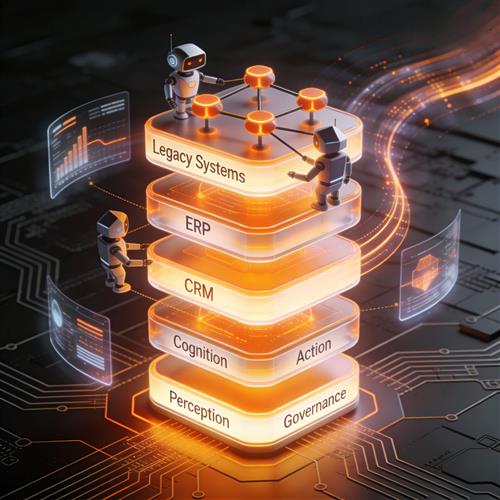

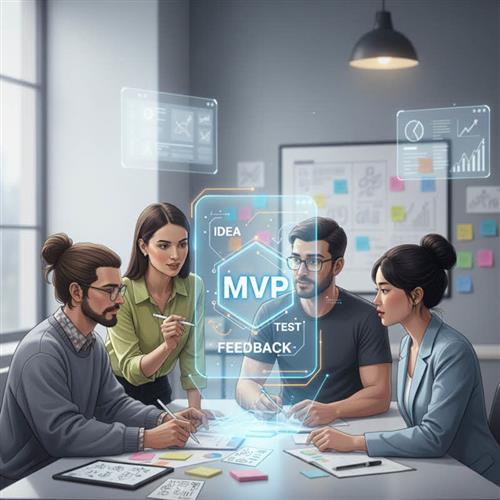
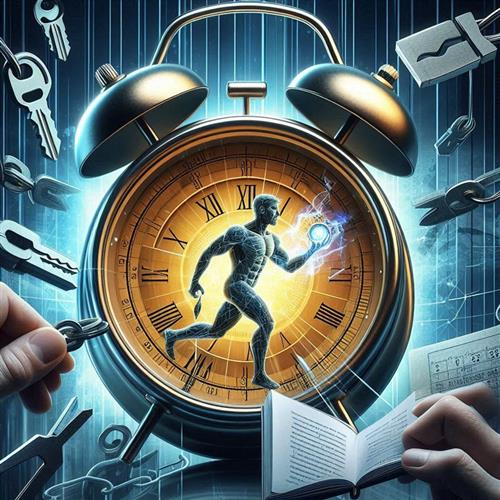


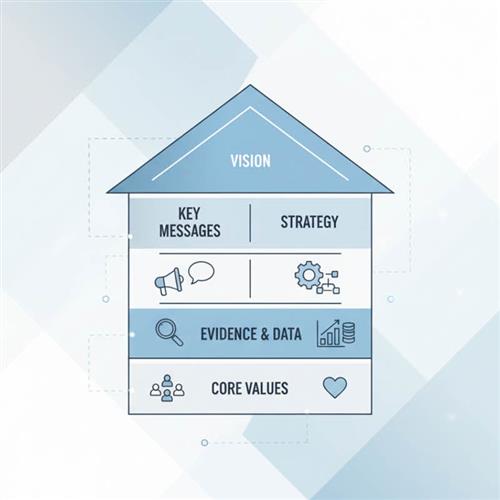
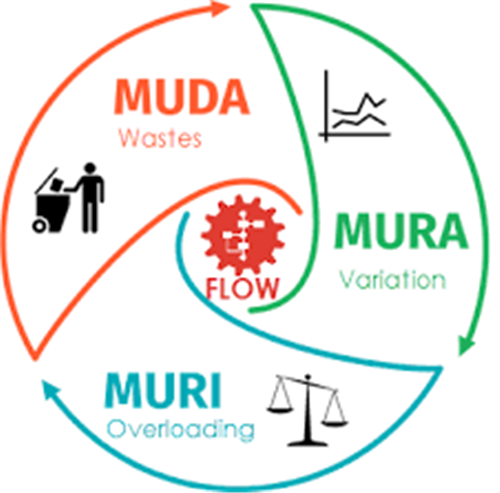
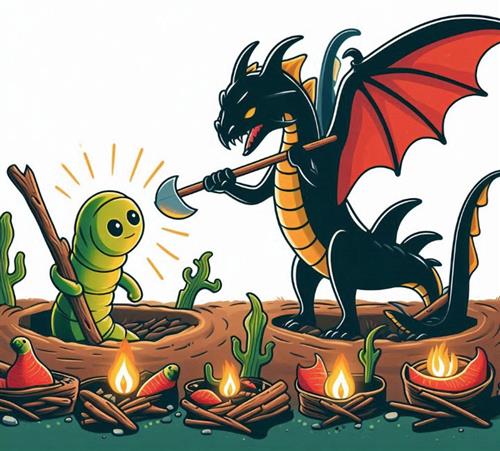
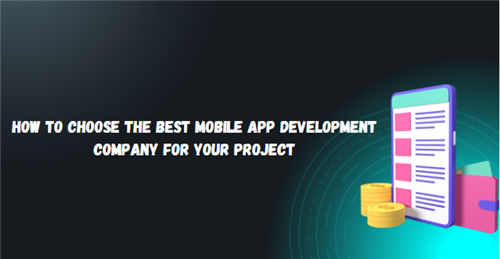


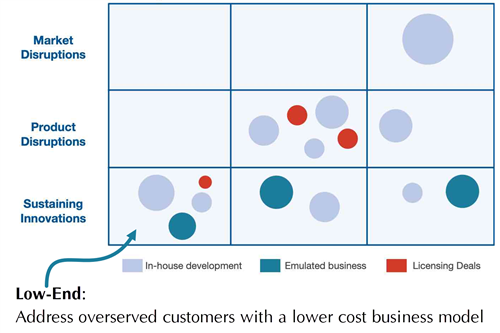
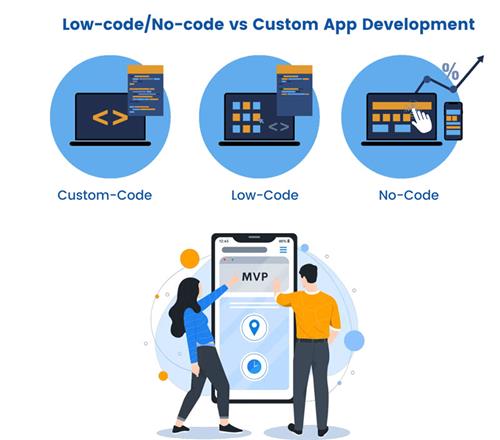
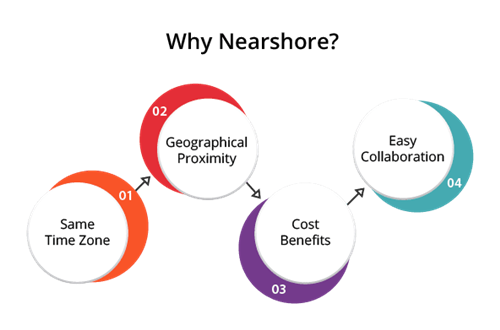

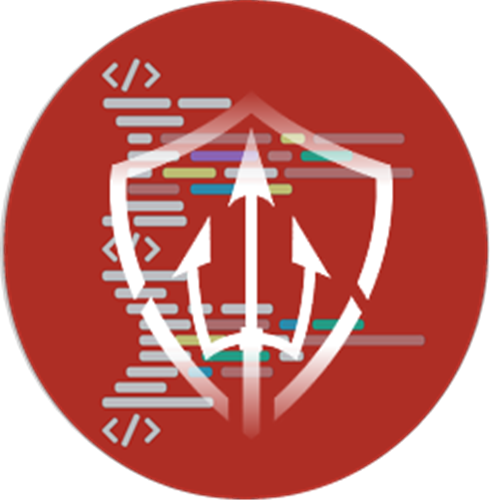
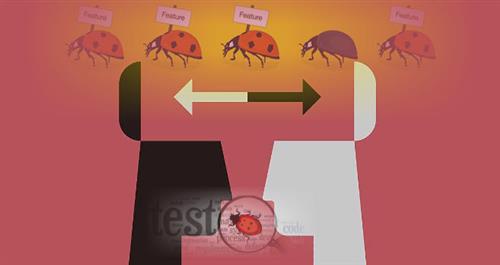
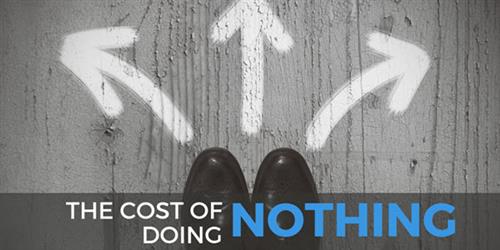
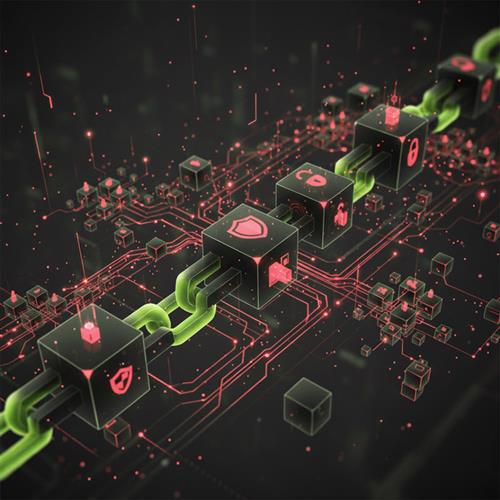











 Link copied!
Link copied!
 Recently Updated News
Recently Updated News